
by ThinkCode | Jun 24, 2015 | Wordpress
WordPress updates are such a fundamental part of working with this platform that it’s a good idea to figure out what automatic updating option works best for you. Whether that be major updates, security updates, minor updates, theme or plugin updates knowing that everything is current, secure, and functioning properly can provide a great sense of peace and calm.
How to Enable Automatic WordPress Updates
You have a very basic setup with themes and plugins that are always kept up to date and compatible with the latest version of WordPress. In your case automatic updates, even major ones, are ideal.
To manually enable automatic updates for WordPress all you have to do is add the following line of code to your wp-config.php file:
define( ‘WP_AUTO_UPDATE_CORE’, true );
This will enable all core updates. However, some people may not want nightly builds and development updates included–just the important security, minor and major changes. To disable those add the following line of code to your functions file .
add_filter( ‘allow_dev_auto_core_updates’, ‘__return_false’ );
This way you can enable Automatic Updates for WordPress.
How to Disable Automatic WordPress Updates
To do that you will have to either edit your wp-config.php file manually or use a plugin.
To manually disable automatic updates for WordPress all you have to do is add the following line of code to your wp-config.php file:
define( ‘WP_AUTO_UPDATE_CORE’, false );
While this will disable WordPress automatic updates, you will still be notified when there is a new version available. So you don’t have to worry about it resulting in no updates whatsoever.
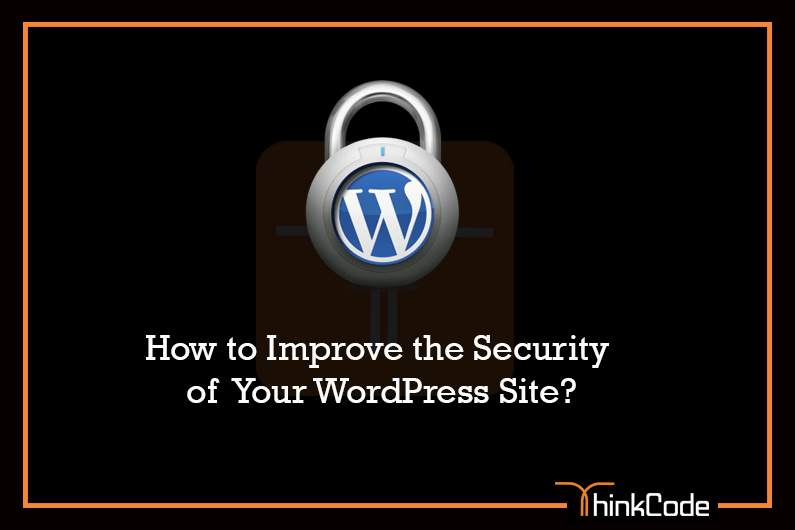
by ThinkCode | Jun 19, 2015 | Wordpress
WordPress is the most popular blogging and CMS system on the Internet which makes it a favorite target for hackers.
Keep your WordPress site up-to-date
It is really important to keep your core WordPress files and all of your plugins updated to their latest versions. Most of the new WordPress and plugin versions contain security patches.
Protect your WordPress Admin Area
It is important to restrict the access to your WordPress admin area only to people that actually need access to it. If your site does not support registration or front-end content creation, your visitors should not be able to access your /wp-admin/ folder or the wp-login.php file. The best you can do is to get our home IP address and add these lines to the .htaccess file in your WordPress admin folder replacing xx.xxx.xxx.xxx with your IP address.
order deny,allow
Deny from all
Allow from xx.xxx.xxx.xxx
In case you want to allow access to multiple computers (like your office, home PC, laptop, etc.), simply add another Allow from xx.xxx.xxx.xxx statement on a new line.
If you want to be able to access your admin area from any IP address (for example, if you often rely on free Wi-Fi networks) restricting your admin area to a single IP address or to few IPs can be inconvenient. In such cases we recommend that you limit the number of incorrect login attempt to your site. This way you will protect your WordPress site from brute-force attacks and people trying to guess your password. For such purposes, you can use a nice little plugin called Limit login attempts.
Don’t use the “admin” username
Most of the attackers will assume that your admin username is “admin”. You can easily block a lot of brute-force and other attacks simply by naming your admin username differently.
Use strong passwords
Use strong password ,it will help you to protect site from hackers.
Use secured WordPress hosting
Your WordPress site is as secured as your hosting account. If someone can exploit a vulnerability in an old PHP version for example or other service on your hosting platform it won’t matter that you have the latest WordPress version. This is why it is important to be hosted with a company that has security as a priority.
Some of the features that you should look for are:
1.Support for the latest PHP and MySQL versions
2.Account isolation
3.Web Application Firewall
4.Intrusion detecting system
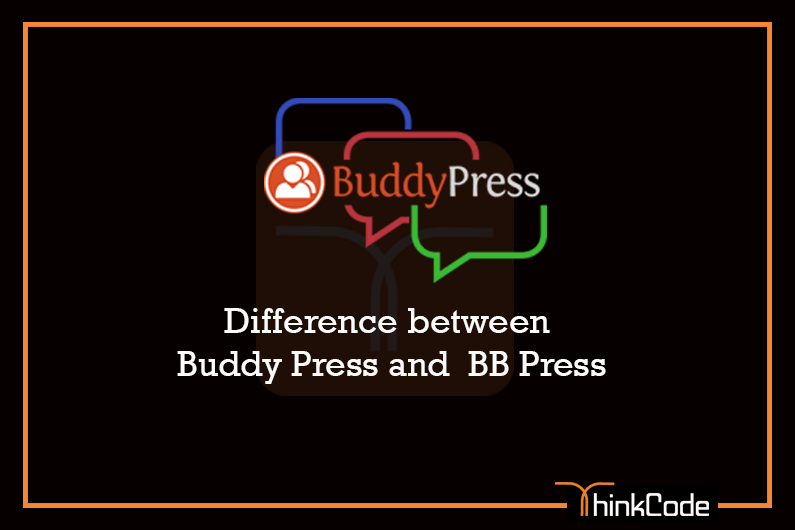
by ThinkCode | Jun 17, 2015 | Wordpress
- Usage – bbPress is a just forum software while BuddyPress is a social networking plugin. If you just want to receive comments, set topics and let readers discuss them, then bbPress is a really good choice. However, if you want somewhere people not only can create new topics or even new forums, but also can integrate into groups and exchange messages between themselves. Then, BuddyPress is your choice, which has advanced communication system between groups of users.
- Feature – It has a self-developing system which can automatically gather people into a group according to their communities or organizations. Besides, as BuddyPress has a longer history than bbPress, thus, it is equipped with more advanced and useful features such as group discussion forums.
- Plugins – It has more applicable plugins reaching 533 while that of bbPress is 162. Thus, the former one is more easy-to-use.
- Management – As we have mentioned before, BuddyPress can help you build a big forum and setup many discussing groups. However, this practice comes with hard working and time consuming on management of these groups. On the other side, bbPress comes with simpler function and accordingly, it is much easier to manage.
Conclusion
Thus, if you want to develop a big website with a large number of fixed readers, better go with BuddyPress. However, if you want to develop a small-to-medium sized website, bbPress is a good choice for the easy management.
Reference:-Click Here
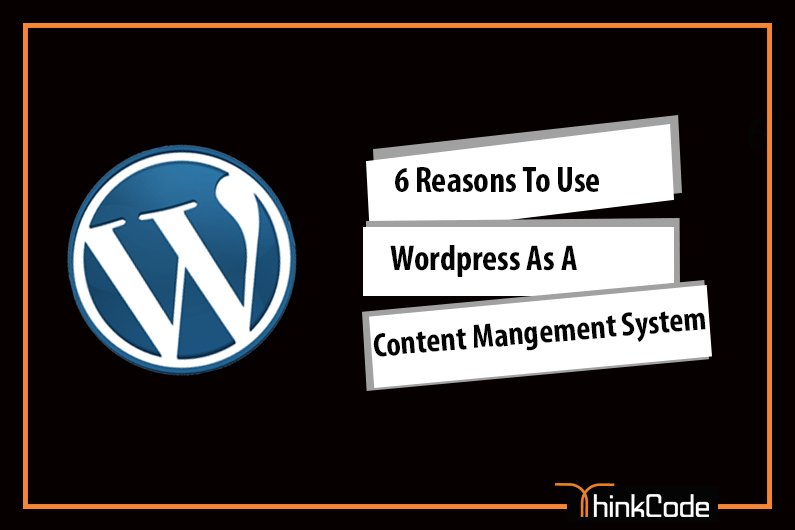
by ThinkCode | Jun 15, 2015 | Wordpress
- WordPress is free, open-source and well supported by core developers and a large community of knowledgeable and dedicated contributors.
- There’s a small learning curve to customizing themes and the admin dashboard .
- It’s easy to install and configure.
- Millions of companies and individuals already use it to publish content and manage their websites. About 60 million websites are powered by WordPress.
- It has seemingly endless extensibility with plugins, third-party services integrations and your ability to get your hands dirty customizing themes using template tags, hooks, filters, classes, etc. and even developing your own plugins.
- I hope I’ve convinced you why you should use WordPress if you are a front end developer looking for a Content Management System that’s very developer friendly, user friendly and extremely extensible, especially if you use it in the context it was meant for websites whose main focus is content publishing.
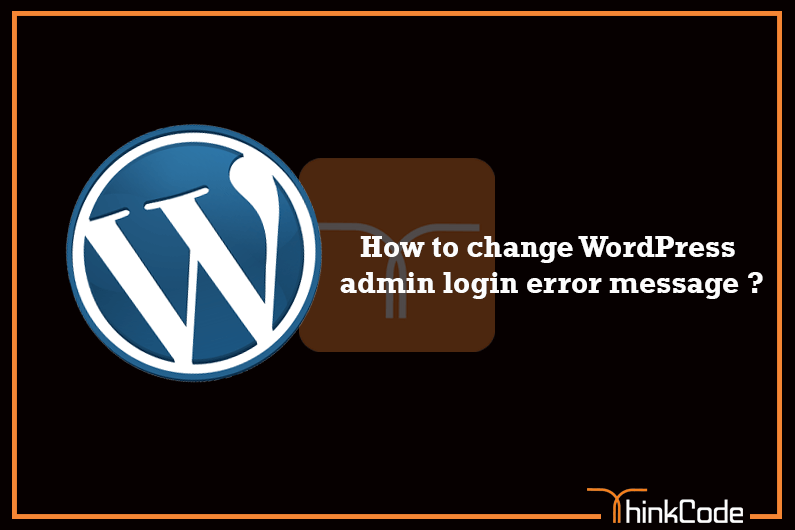
by ThinkCode | Jun 4, 2015 | Wordpress
Getting WordPress admin login error massage, Refer the below solutions.
You can easily achieve that by adding the following line to your themes ‘functions.php’ file.
add_filter(‘login_errors’,
create_function(‘$no_login_error’,
“return ‘Oops! Wrong Credentials.’;”));
The second argument to the ‘add_filter’ creates a anonymous callback function. This is equivalent to the following.
function no_login_error() {
return ‘Oops! Wrong Credentials.’;
}
add_filter(‘login_errors’,’no_login_error’);
Note:This way you can change WordPress admin login error message.
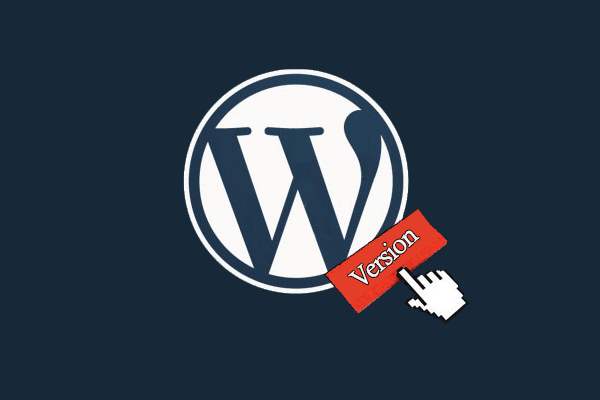
by ThinkCode | Jun 4, 2015 | Wordpress
This post is for to remove WordPress version number.
By default WordPress leaves it’s footprints on your site for the sake of tracking. That is how we know that WordPress is the World’s largest Blogging platform. But sometimes this footprint might be a security leak on your site if you are not running the most updated version of WordPress. Because you are providing the hacker with the useful information by telling them which version you are running.
If you are running the most up to date version of WordPress, which we recommend you do, then you do not have to worry about this tutorial at all. But if for some reason you are not, then it is in your best interest to follow this tutorial.
There are many ways to get rid of the WordPress version number from your header. But there is only one correct way to do this.
Some sites will recommend that you open your header.php file and get rid of this code:
Or others will recommend that you open your functions.php and add the following function:
remove_action(‘wp_head’ ‘wp_generator’);
But both of these ways are offering you an incomplete solution. These ways will simply remove the WordPress version number from your head area. So if someone views your website source, they will not be able to see the version.
But a smart hacker who knows about WordPress will simply go to your RSS Feeds, and they will find your version number there because neither of the above codes will remove that number.
In order for you to completely remove your WordPress version number from both your head file and RSS feeds, you will need to add the following function to yourfunctions.php file:
function wpbeginner_remove_version() {
return ”;
}
add_filter(‘the_generator’, ‘wpbeginner_remove_version’);
By adding this version, you will remove the WordPress version number from all different areas on your site. Above is the right way to remove WordPress Version number.
















